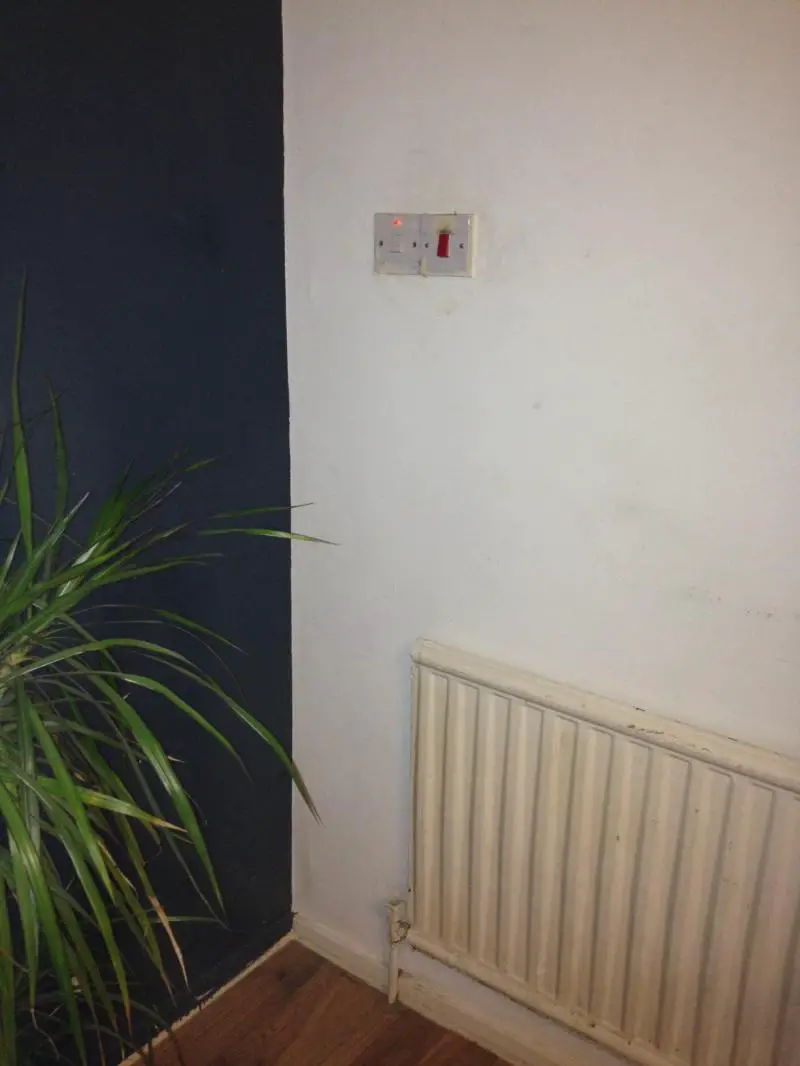There are two redundant emersion heater switches on the wall in my living room. Behind the white wall was a cupboard containing the emersion heater which has long since been removed, but these switches were left. The wires come up to them from below.
Would you drop them down to the skirting level and turn them into a double socket or maybe just put a plate in front of them when moved? Are there any other options?
Would you drop them down to the skirting level and turn them into a double socket or maybe just put a plate in front of them when moved? Are there any other options?



